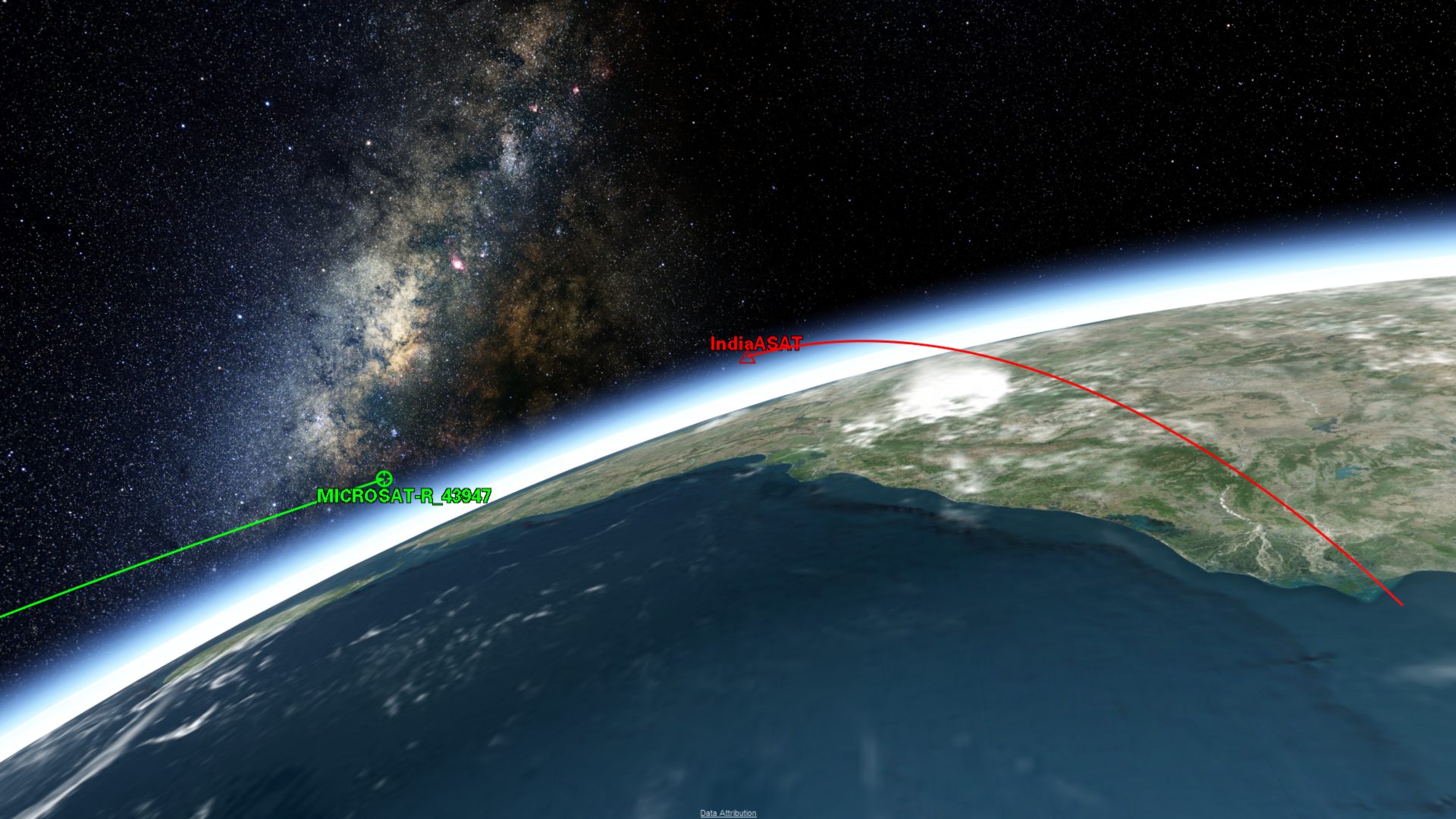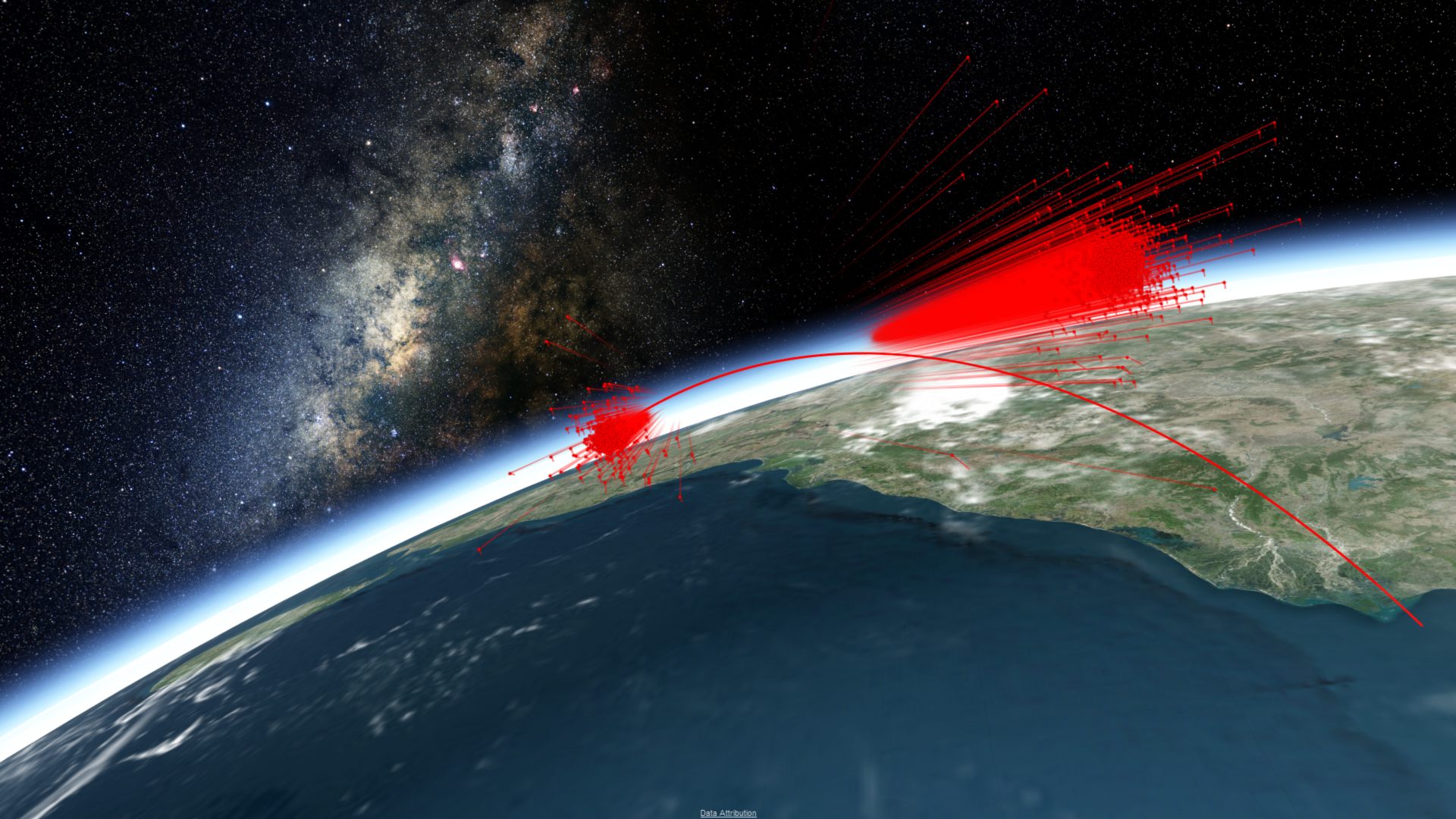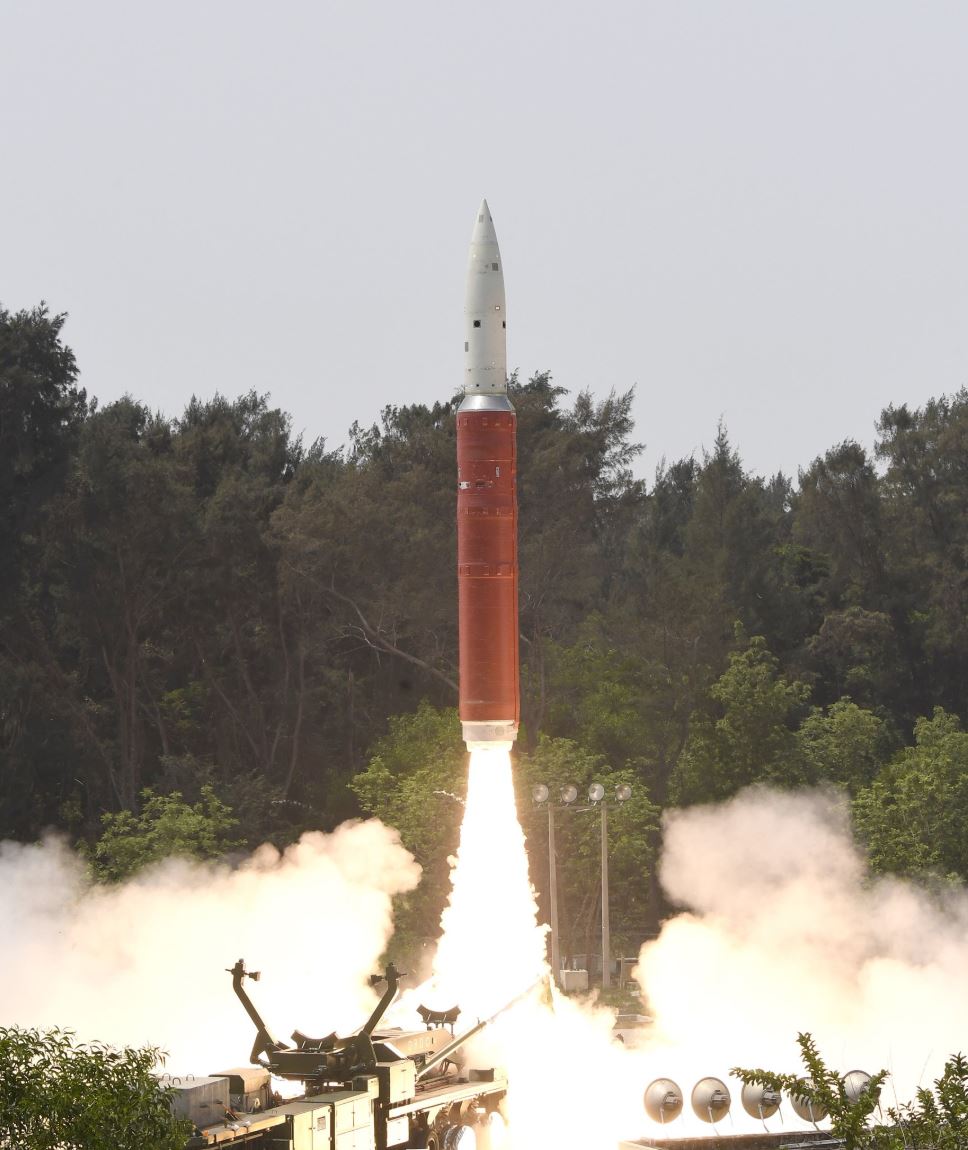These Simulations Reveal What Happened During India's Anti-Satellite Missile Test (Videos)
A space perspective on India's recent anti-satellite weapon launch.
To piece together what happened during the anti-satellite (ASAT) weapon test-fired by India's military defense organization last week (March 27), a software company combed through information from Indian officials, radar data, existing knowledge on how past satellites have broken up — intentionally or not — and more.
Analytical Graphics Inc. (AGI) created two simulations — one published hours after Wednesday's launch and another the following day (March 28) — that aim to show the event, known as "Mission Shakti," as it might have looked from space. AGI specializes in the aerospace and defense field.
Their recent videos include information Indian officials released, such as the launch site on Abdul Kalam Island and the Notice to Airmen (NOTAM) filed that day indicating an area over the Indian Ocean blocked out for flight-safety reasons.
Related: India Says Its Anti-Satellite Weapon Test Created Minimal Space Debris. Is That True?
The likely target of the ASAT was the Indian satellite MICROSAT-R, which was at an altitude of about 186 miles (300 kilometers) and passing over the NOTAM region.
"One of the other things we considered was that the target spacecraft was likely to be another Indian object to avoid any kind of international problems," Tom Johnson, vice president of engineering at AGI, said as the narrator of the March 27 "First Look" video. A day later, more information confirmed that was still the case, he said in AGI's March 28 video updated to include debris data.
AGI representatives told Space.com in an email that existing information on the missile, target and debris field so far supports AGI's theoretical models.
Breaking space news, the latest updates on rocket launches, skywatching events and more!
AGI used U.S. Air Force data to determine the satellite indeed had a change in velocity of 21 meters per second. "This is a fairly significant change to velocity, which indicates something happened to this particular object," Johnson told Space.com. He added that subsequent orbital information seemed to confirm this change.
For the most recent video, AGI created representative debris fields based on past anti-satellite tests and natural spacecraft breakups.
"What we see from those studies is that the debris is primarily constrained to the orbit of the original object MICROSAT-R," Johnson said. "And then because of its relatively low altitude, a lot of that debris, we suspect, is going to re-enter fairly quickly within days and weeks."
India's Defence Research and Development Organisation launched MICROSAT-R in January 2019, and it subsequently entered into a low Earth orbit. This military imaging satellite weighed 1,631 lbs. (740 kilograms).
To figure out how fast the debris might be re-entering Earth's atmosphere, the team at AGI is working on getting updated orbital information to cross-check their current models. The first step is determining how much debris the radar technology actually detects.
"There are always objects that are too small to see, so what we're trying to do, what everybody is trying to do, is track the larger pieces because that's what the sensors can see," Johnson said.
Then his team has to sort out which tracks go with which pieces of debris.
"In the early stages of the game, it could be quite challenging, and it's a combination of the mathematical algorithms and the people involved," he said. Johnson added that using past ASAT tests as a reference, for instance, can take days, weeks or even months.
Mission Shakti makes India the fourth country, after Russia, China and the United States, to demonstrate ASAT capability.
- US Military Was Immediately Aware of India's Anti-Satellite Missile Test
- Russian Satellite Hit by Chinese ASAT Test Debris (Photos)
- India's Anti-Satellite Test Created Dangerous Debris, NASA Chief Says
Follow Doris Elin Salazar on Twitter @salazar_elin. Follow us on Twitter @Spacedotcom and on Facebook.

Doris is a science journalist and Space.com contributor. She received a B.A. in Sociology and Communications at Fordham University in New York City. Her first work was published in collaboration with London Mining Network, where her love of science writing was born. Her passion for astronomy started as a kid when she helped her sister build a model solar system in the Bronx. She got her first shot at astronomy writing as a Space.com editorial intern and continues to write about all things cosmic for the website. Doris has also written about microscopic plant life for Scientific American’s website and about whale calls for their print magazine. She has also written about ancient humans for Inverse, with stories ranging from how to recreate Pompeii’s cuisine to how to map the Polynesian expansion through genomics. She currently shares her home with two rabbits. Follow her on twitter at @salazar_elin.



